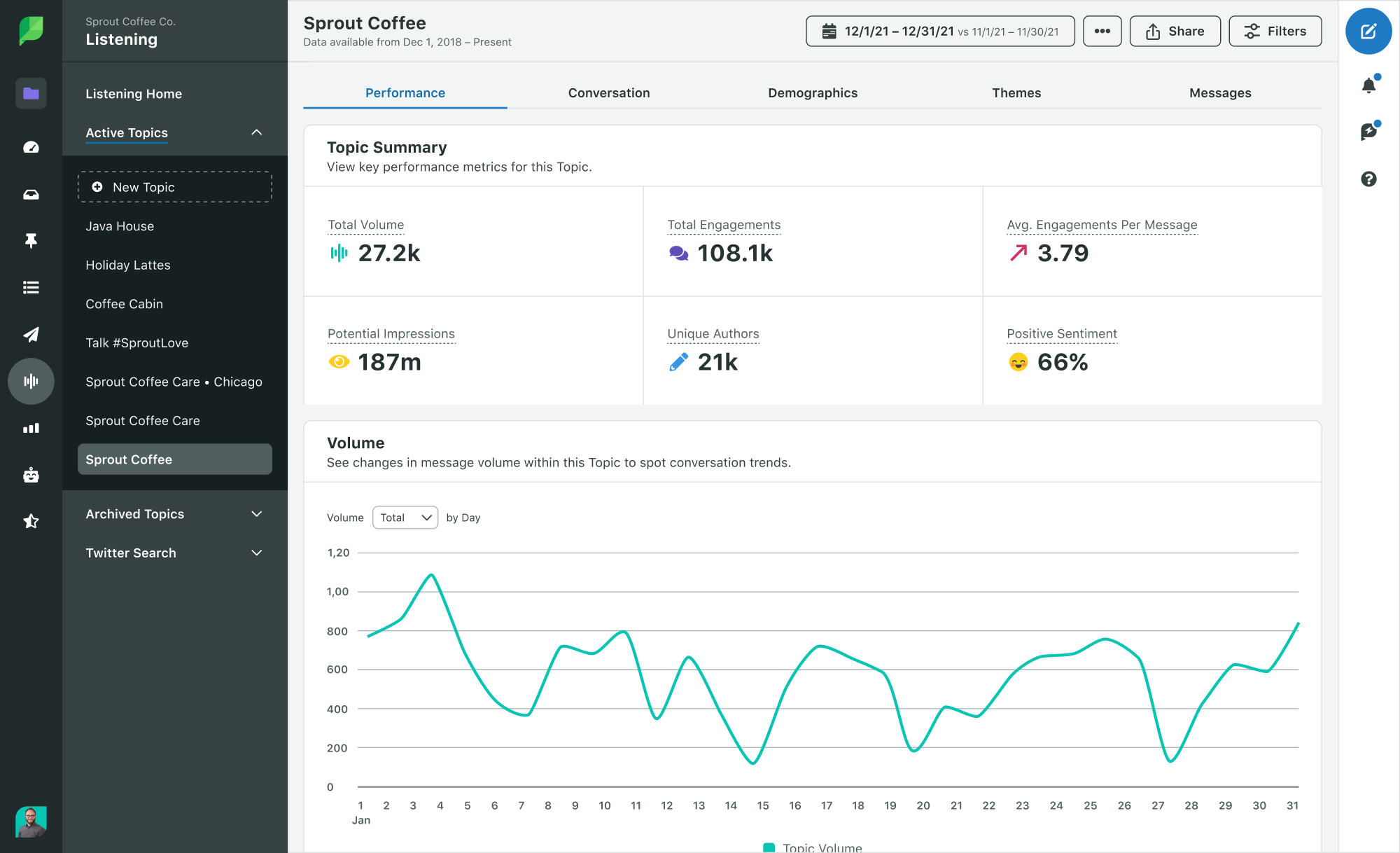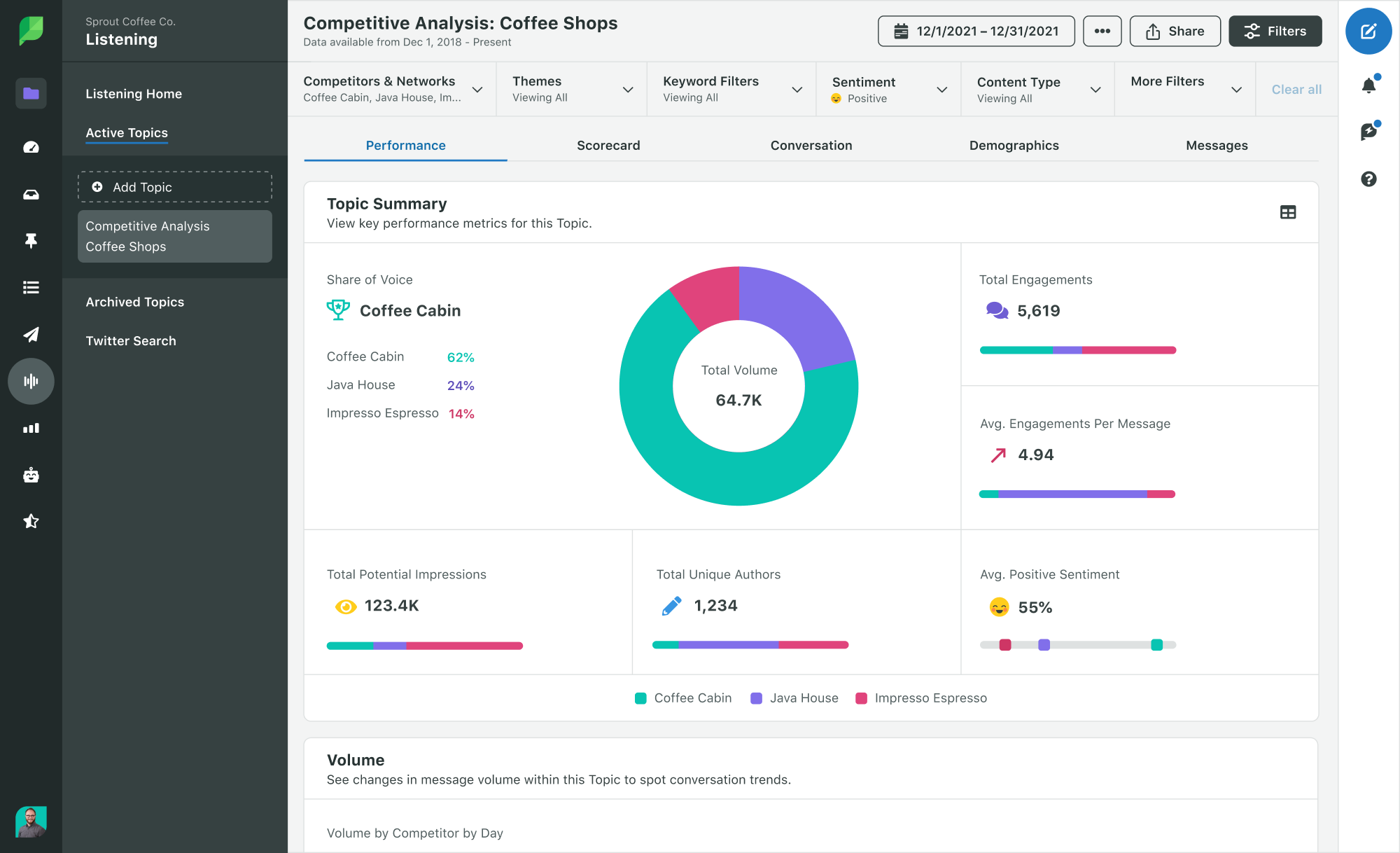Knowing your audience is a lesson from effective marketing 101. Businesses can better market and sell their product or service when they have a clear understanding of customers’ pain points, business needs, goals, constraints and concerns.
Achieving that understanding can be challenging, especially when you’re selling to other businesses and their buyers.
B2B buyers have a lot to consider on their path to purchase, and that path is not linear or simple. In fact, 77% of B2B buyers say their latest purchase was very complex or difficult.
B2B buying is less about progressing through a stage-by-stage sales funnel and more about completing a set of non-sequential tasks: problem identification, solution exploration, requirements building supplier selection, validation and consensus creation. While buyers take on these tasks, it’s B2B marketer’s job to know how, why and when their brand can assist and enable buyers to check each task off their to-do list.
This is why B2B market research is critical. Market research helps companies to:
- Understand and build B2B buyer personas
- Evaluate the changing needs of customers
- Differentiate themselves from competitors
- Refine their offerings
- Develop relevant, valuable content to assist buyers with their research
You don’t need to spend a lot of money on research firms. In fact, there’s a lot you can discover on your own with a few simple tools and methods.
Keyword research tools, social media listening data and review sites are goldmines for market research that are oftentimes overlooked.
Discover new depths of audience insights, empower B2B buyers and make better business decisions with these four fundamental market research methods.
1. Get to know B2B buyers through keyword research
In the early stages of the buyer journey, people are trying to learn what brands are out there and what solutions are available. Like most people, B2B buyers often start that research on Google or another search engine.
Where there are searches, there’s valuable data.
Keyword research, while most often associated with SEO, can also help you understand your audience and how they search for products and services like yours.
With Google Trends, Answer the Public, Ahrefs Keywords Explorer, Google Keyword Planner and other SEO tools can help you answer the questions:
- What questions are buyers asking about your industry, product or service?
- What pain points are buyers searching that your product can solve?
- Which brands in your industry also rank for specific keywords?
- Are people searching for your brand keywords?
With the answer to these questions, you can build out content, SEO and B2B social media strategies that improve the visibility of your brand and deliver hyper-relevant information to your target audience.
Buyers already have a lot of information to digest, so quality is more important than quantity. The more relevant information you can give your buyers, the better. According to Gartner, providing customers with information specifically designed to help them advance their purchase has the single biggest impact on driving deal quality that the research firm has ever documented.
Want to learn more about how to conduct keyword research? Get tips, tools and more keyword research benefits here.
2. Analyze industry and brand-relevant conversations on social media
Consulting peers—either in person, or online via product review websites or social networks—is consistently among the most trusted ways for buyers to source information. Getting recommendations from people in similar companies, roles and industries naturally sparks buyers’ confidence and interest in a product or service. With social listening, marketers can be a fly on the wall where those kinds of conversations occur.
There’s a lot of noise on social, but social listening tools like Sprout Social’s make it possible to cut through to specific topics and themes that you do and do not want to listen for. In Sprout Social, users have the power to build Listening Topics around specific accounts, hashtags, industry keywords and more.
If you’ve done keyword research already, your findings can help you refine your Topic queries and add filters to dig deeper into conversations. Once Topics are set up, your tool will collect candid conversations from the world’s largest focus group.

As you dive into performance data, metrics like message volume, number of unique authors, impressions, engagements and other quantitative data points can validate what conversations are occurring and quantify topic trends. Feedback, opinions, sentiment and other qualitative data signal why and where these conversations are happening.
While using listening for your market research, develop specific questions that you want to investigate. You might ask:
- How do people perceive our brand?
- What keywords are most often associated with our brand?
- Where do most conversations about our brand take place in the country or world?
- What challenges and pain points come up in conversations about our industry and the kinds of products or services we offer?

Sprout users can also use listening to gather market research from Facebook, Twitter, Instagram, Tumblr, Youtube and Reddit. The latter two are unique and valuable—but underused—channels for B2B market research.
As they do their own research, B2B buyers can easily find video reviews and product roundups on Youtube relevant to their needs. Even a quick search for something like “the best CRM software for small business” yields tons of results. Instead of watching every single video, scouring descriptions to see what themes come up, or checking to see if your brand was mentioned, you can have listening tools do the work for you. While you’re at it, you might even find some user-generated content that’s worth sharing on social.

Reddit has a reputation for being a place for real people to share unfiltered opinions, and where anyone who’s clearly trying to self-promote or sell something is shooed away by moderators.
If a B2B buyer is exploring the “Software” subreddit to learn about project management software, they can find authentic community contributions that draw on real experiences and trust that those contributions aren’t just a ploy to get new leads or draw attention to a specific business.
Trust is always an important factor in a business relationship, but marketers and sales teams have to work to overcome buyer skepticism. When you tap into online conversations and have research on your customer needs, you can learn how you can contribute positively to the buyer journey. Instead of using research strictly to sell or market your product, focus your attention on how you can use that research to inform and assist buyers and build new business relationships with trust at the foundation
3. Analyze what people are saying about competitors on social media
To come out on top in a competitive deal cycle, you need to understand your competitors’ strengths and weaknesses and use those to your advantage. Social listening can help with that.
In Sprout Social’s Competitive Analysis Listening tool, you get a side-by-side competitor comparison of key performance metrics across social, including share of voice, average positive sentiment and other metrics that can help contextualize quantitative competitor research findings outside of social.

Sentiment analysis in particular will show you how your shared audience feels about your competitor. Apply a positive sentiment filter to find what your audience likes about your competitor, what product features are most popular for them and more.
Conversely, you might also explore conversations using a negative sentiment filter to find online conversations where competitors, their products or services are getting negative feedback.
Let’s say you uncover that people are unsatisfied with the interface of your competitors’ software—but your customers consistently rave about your software’s interface. How can those findings influence your marketing campaigns or product development? What are the identifiable differences and advantages in your product? How can your business use that weakness to your advantage?
Bring together a group of stakeholders from various disciplines to digest your research findings and answer these questions. Colleagues from departments outside of marketing will have unique and additional perspectives about how to put your research to work. A group brainstorm might spark ideas for website copy, sales collateral, campaign strategies and more.
Turning listening insights alone into actionable business recommendations and deliverables comes with a learning curve. But when you combine listening with your intuition, additional market research and insightful colleagues, you can continue to find ways to differentiate your brand and gain a competitive edge.
4. Dig into ratings and reviews
In a recent survey of B2B buyers and/or buying influencers, 82% of respondents reported using online review sites to support buying decisions. Review sites have information that can serve a buyer at all stages of the buying process, so that’s not altogether shocking. But B2B marketers should also be monitoring and leveraging reviews for qualitative research.
G2, Capterra and TrustRadius house verified reviews for business software and services so buyers and businesses alike can glean insights from unbiased ratings on user satisfaction, features, price and more. Reviews typically include a clear breakdown of the strengths and weaknesses of your products and services. These sites also have discussion boards where users can ask questions about the software they’re seeking.
Marketers can collect, package and present that crystal clear feedback to leadership, product, sales teams and other disciplines. Combined with your other market research findings, customer feedback can inform:
- Product roadmap planning
- Pricing choices
- Customer service approaches
- Customer and buyer enablement resources
At Sprout, we rely on reviews to continually improve our software and the way we do business. When we understand what our users like and dislike, the recommendations they’d give to others considering Sprout, the problems they solve with our products and overall benefits, we can build upon what we know about our audience, better serve them and create content that fills knowledge gaps.

We also collect suggestions and feedback directly from reviews and discussions. Then, we’re able to bring that feedback to the necessary teams. We might not always be able to act on suggestions, but creating a feedback loop and letting reviewers know they’ve been heard is a win-win for Sprout and our customers.
Stay focused, stay relevant, stay informed with B2B market research
The path to purchase for B2B buyers is a long and winding road. But if you know who your target audience is and what they care about, you can empower them in their search. Use your market research to pave a smoother road for buyers and create better experiences for your current customers.
With market research on your side, you can:
- Create relevant, helpful marketing collateral like case studies and customer surveys.
- Empower your sales teams with research reports and customer fact sheets.
- Double down on customer success and training resources to ease pain points.
By doing strategic B2B market research, you can get into the mindset of your target market, better cater to their needs and cultivate relationships built on trust.
Take B2B social data further with our guide to turning your data into a revenue-driver. You’ll learn how to hone four key practices fueled by social listening and data that will help your B2B business level up. Download the guide now.
This post 4 overlooked B2B market research methods for understanding your customers originally appeared on Sprout Social.
from Sprout Social https://ift.tt/3bYlnOS
via IFTTT
No comments:
Post a Comment